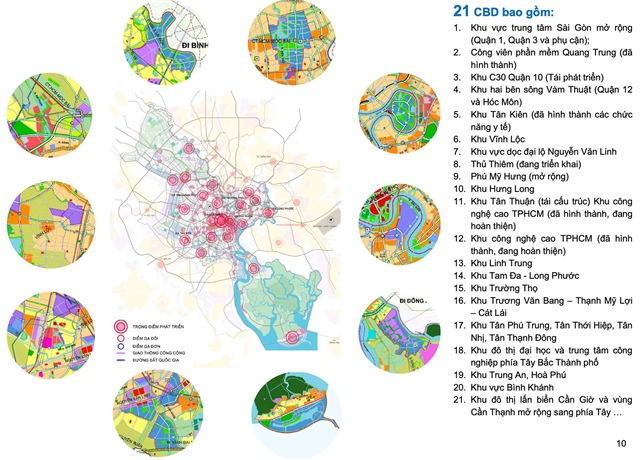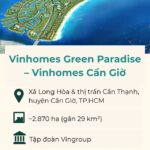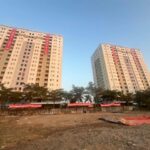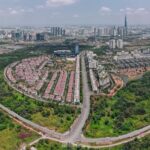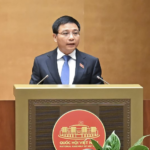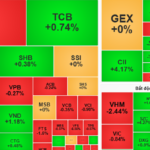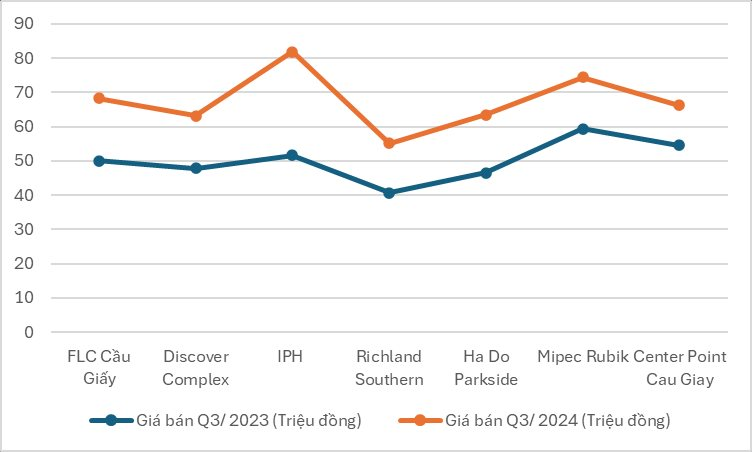The Ho Chi Minh City Department of Construction has recently released documents regarding the adjusted master plan for the city up to 2040, with a vision towards 2060.
According to the land-use planning, by 2030, the total area of constructed land in the city is expected to reach approximately 100,000-105,000 hectares (with an average of 73-95 square meters per person); of which, residential land accounts for about 65,000-68,000 hectares (equivalent to 47-62 square meters per person).
By 2040, the total construction land in Ho Chi Minh City will increase to about 125,000-130,000 hectares (75-93 square meters per person); with residential land accounting for about 85,000-88,000 hectares (52-63 square meters per person).
Ho Chi Minh City will develop modern Central Business Districts (CBDs), integrated with regional transportation and international gateways, capable of generating high economic value to attract businesses according to themed value chains.
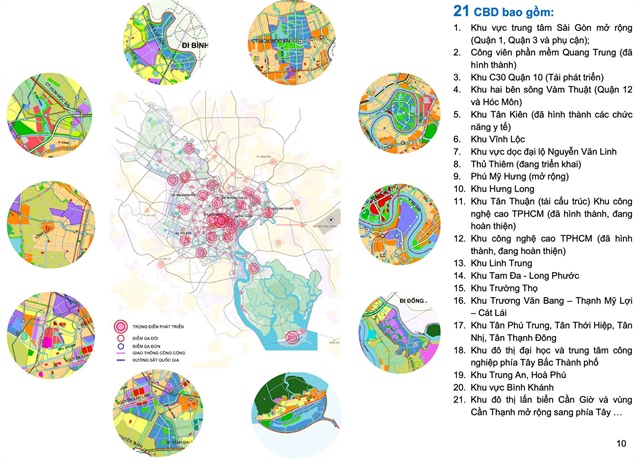
List of 21 CBDs in the Adjusted Master Plan for Ho Chi Minh City towards 2040, with a vision to 2060. |
These centers will have a diverse land-use structure, with the proportion of residential land not exceeding 20%. Each center is directly connected to the metro system, inter-regional railways, and expressways, ensuring quick access to the city center and airports. Additionally, the CBDs aim for knowledge-based, creative, and high-tech economic value.
Notably, Ho Chi Minh City focuses on developing urban spaces along the Saigon River, utilizing the riverfront as the city’s “frontage.” The urban strip along the river is expected to become the “expanded heart” of the city – the most valuable central area, associated with cultural identity, historical significance, and distinctive ecological space.
It is worth mentioning that Ho Chi Minh City aims to develop urban spaces along the Saigon River. The city intends to utilize the riverfront as the “frontage” of the urban area. The urban strip along the river is envisioned to become the “expanded heart” – the most valuable central area, combining cultural identity, historical context, and distinctive ecological features.
This area will become an essential destination for both locals and tourists, offering a unique experience associated with the scenic blue river and the historical formation and development of the city.
Previously, Deputy Prime Minister Tran Hong Ha signed Decision No. 1125/QD-TTg on June 11, 2025, approving the master plan adjustment for Ho Chi Minh City towards 2040, with a vision towards 2060.
According to this plan, Ho Chi Minh City focuses on developing industrial functions, including 33 industrial parks, 3 export processing zones, and 7 industrial clusters, covering an area of about 9,200-10,200 hectares in areas along the Ring Road 3, the bypass of National Highway 22, Hiep Phuoc Port, and some other areas with favorable transportation connections and functional transformations in Binh Chanh, Cu Chi, and the northern part of Can Gio.
The orientation for industrial development will emphasize the application of high and advanced technologies, environmental friendliness, and the encouragement of smart production models and spatial restructuring within existing industrial parks.
Tran Chung
– 14:01 25/06/2025
The Green Lung of Ho Chi Minh City: The Only District with a Coastal Border, Home to the World’s Largest Artificial Lake
Introducing a unique destination that boasts an array of natural wonders: a seaside escape, a lush forest, and soon, the world’s largest artificial lake. This upcoming attraction, located in Ho Chi Minh City, offers a diverse and captivating experience for travelers seeking an adventure like no other. With its remarkable features, this spot is a must-visit for those eager to explore the beauty of nature in all its varied forms.
Unlocking Property Ownership: Streamlining Pink Book Issuance for Six Projects in Ho Chi Minh City
The Tin Phong apartment project and the high-rise apartment building in Tan Thoi Nhat Ward (both in District 12), An Phu Long 1 (District 7), K26 (Go Vap District), Phuong Viet (District 8), and the Him Lam residential area in Functional Area 7 (Binh Chanh District) are under review by Ho Chi Minh City’s Task Force 5013 to resolve obstacles and facilitate the issuance of pink booklets for these properties.
The New Rach Tom Bridge: A 500 Billion VND Project for Ho Chi Minh City
The bridge, a pivotal part of the route, facilitates trade and commerce between Ho Chi Minh City and Can Giuoc District in Long An Province.

























